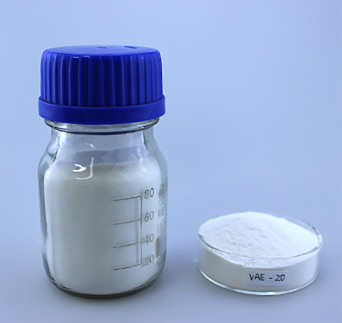
Nov . 29, 2024 22:18 Back to list
hydroxypropyl methylcellulose hpmc
Understanding Hydroxypropyl Methylcellulose (HPMC) Applications and Benefits
Hydroxypropyl methylcellulose (HPMC) is a cellulose ether derived from natural cellulose, and it has garnered significant attention across various industries due to its versatile properties. As a non-ionic polymer, HPMC is often utilized as an excipient in pharmaceuticals, a thickening agent in food, and a binder in construction materials. Understanding the properties, applications, and benefits of HPMC can illuminate its importance in modern science and industry.
Chemical Structure and Properties
HPMC is synthesized by treating cellulose with methyl chloride and propylene oxide. This process introduces hydroxypropyl and methoxy groups into the cellulose structure, enhancing its solubility in both hot and cold water. HPMC is characterized by its excellent film-forming ability, high viscosity, and stability under varying temperatures and pH levels. Because it is non-toxic, biodegradable, and derived from renewable resources, HPMC is considered an eco-friendly additive, making it desirable in numerous applications.
Pharmaceutical Applications
One of the foremost applications of HPMC is in the pharmaceutical sector, where it serves as a crucial excipient. Its ability to control the release of active pharmaceutical ingredients (APIs) makes it an important component in the formulation of controlled-release tablets. By forming a gel-like matrix when hydrated, HPMC modulates the release profile of the drug, ensuring a steady and prolonged delivery to the bloodstream. This feature is particularly beneficial for medications that require consistent therapeutic levels over an extended period.
Moreover, HPMC is used as a thickening agent in suspensions and solutions, improving the stability and bioavailability of drugs. It also plays a vital role in the preparation of various dosage forms, such as capsules, where it helps maintain the integrity and dissolution characteristics of the formulation.
Food Industry Uses
hydroxypropyl methylcellulose hpmc

In the food industry, HPMC is widely recognized for its ability to act as a thickener, emulsifier, and stabilizing agent. It is commonly used in a variety of products, including sauces, dressings, bakery goods, and dairy items. One of the notable advantages of HPMC in food applications is its ability to enhance texture and mouthfeel while being fat-free, making it an attractive alternative for health-conscious consumers seeking to reduce calorie intake. Additionally, its stabilizing properties help improve the shelf-life of food products by preventing separation and extending freshness.
HPMC is also utilized in gluten-free recipes, where it mimics the texture and elasticity typically contributed by gluten, thus improving the quality and palatability of gluten-free baked goods.
Construction Industry Role
In the construction industry, HPMC is valued for its water-retention properties and ability to improve the workability of cement-based materials. When added to mortars and plasters, HPMC enhances adhesion and flexibility while also extending the open time, allowing for better application and finish. Its ability to retain moisture ensures that cement hydrates effectively, leading to stronger and more durable structures.
Environmental Impact and Advantages
As concerns regarding environmental sustainability grow, HPMC stands out as a biodegradable and non-hazardous option in various applications. Its renewable raw material source, combined with its functional capabilities, allows industries to meet regulatory requirements while also addressing consumer demands for sustainable products.
In summary, hydroxypropyl methylcellulose (HPMC) is a remarkable compound that transcends its humble beginnings as a cellulose derivative to become a vital ingredient across multiple sectors. Whether in pharmaceuticals, food, or construction, HPMC’s unique properties offer tangible benefits, including enhanced stability, improved texture, and controlled release mechanisms. As industries continue to seek innovative solutions to meet modern challenges, HPMC will undoubtedly play a crucial role in shaping the future of various applications. Its versatility and eco-friendly nature position it as an indispensable tool in advancing both product quality and environmental responsibility.
-
Versatile Hpmc Uses in Different Industries
NewsJun.19,2025
-
Redispersible Powder's Role in Enhancing Durability of Construction Products
NewsJun.19,2025
-
Hydroxyethyl Cellulose Applications Driving Green Industrial Processes
NewsJun.19,2025
-
Exploring Different Redispersible Polymer Powder
NewsJun.19,2025
-
Choosing the Right Mortar Bonding Agent
NewsJun.19,2025
-
Applications and Significance of China Hpmc in Modern Industries
NewsJun.19,2025







